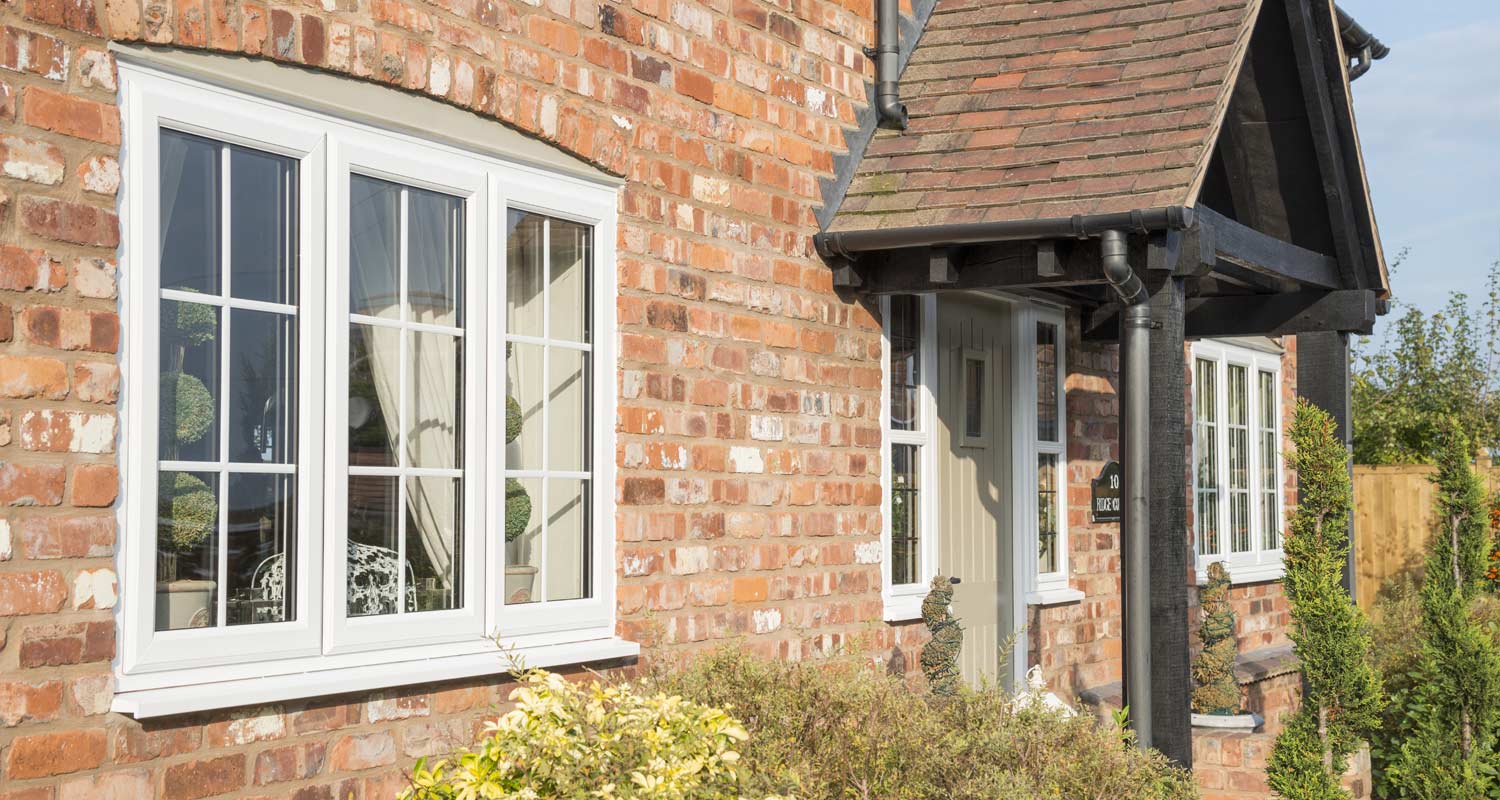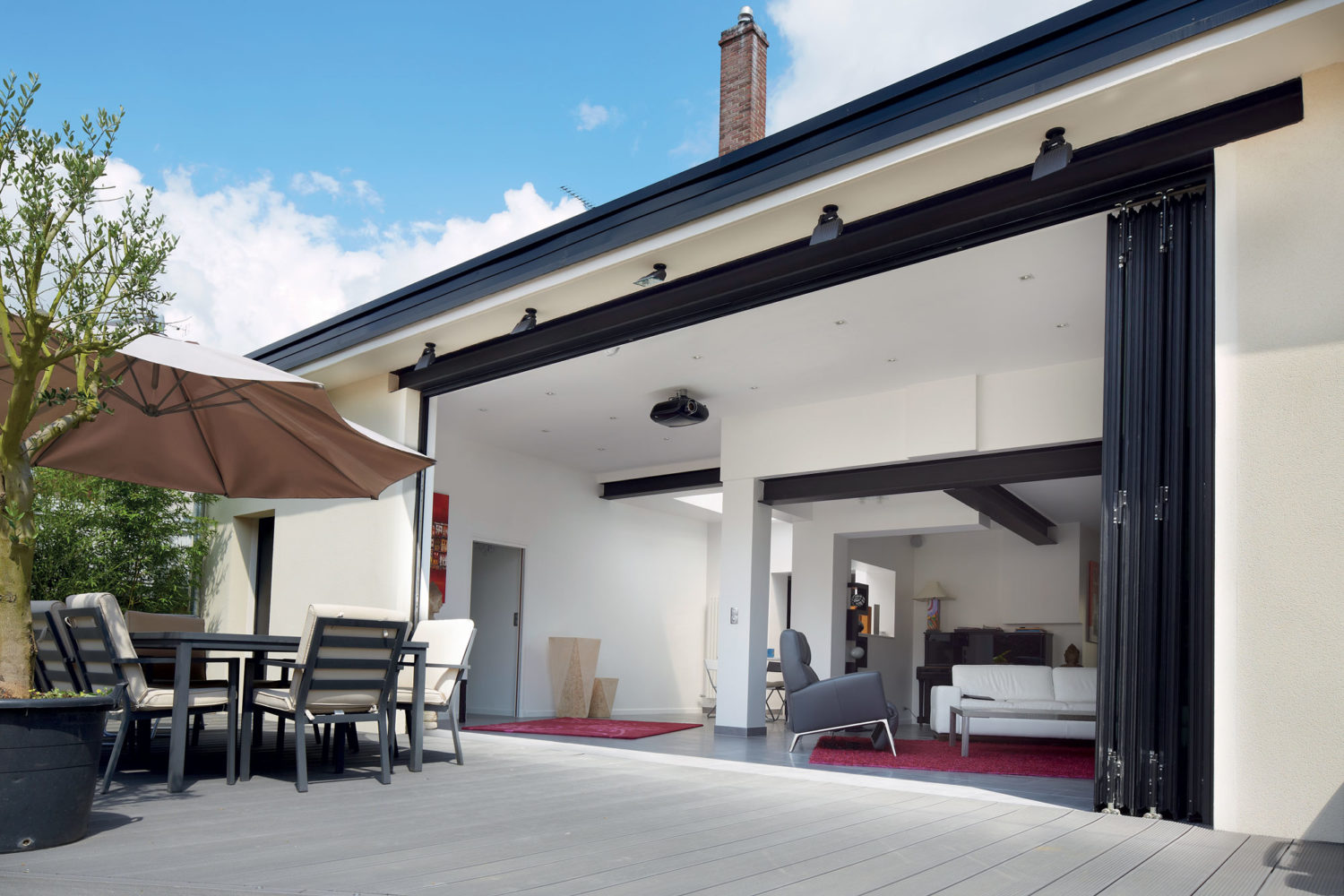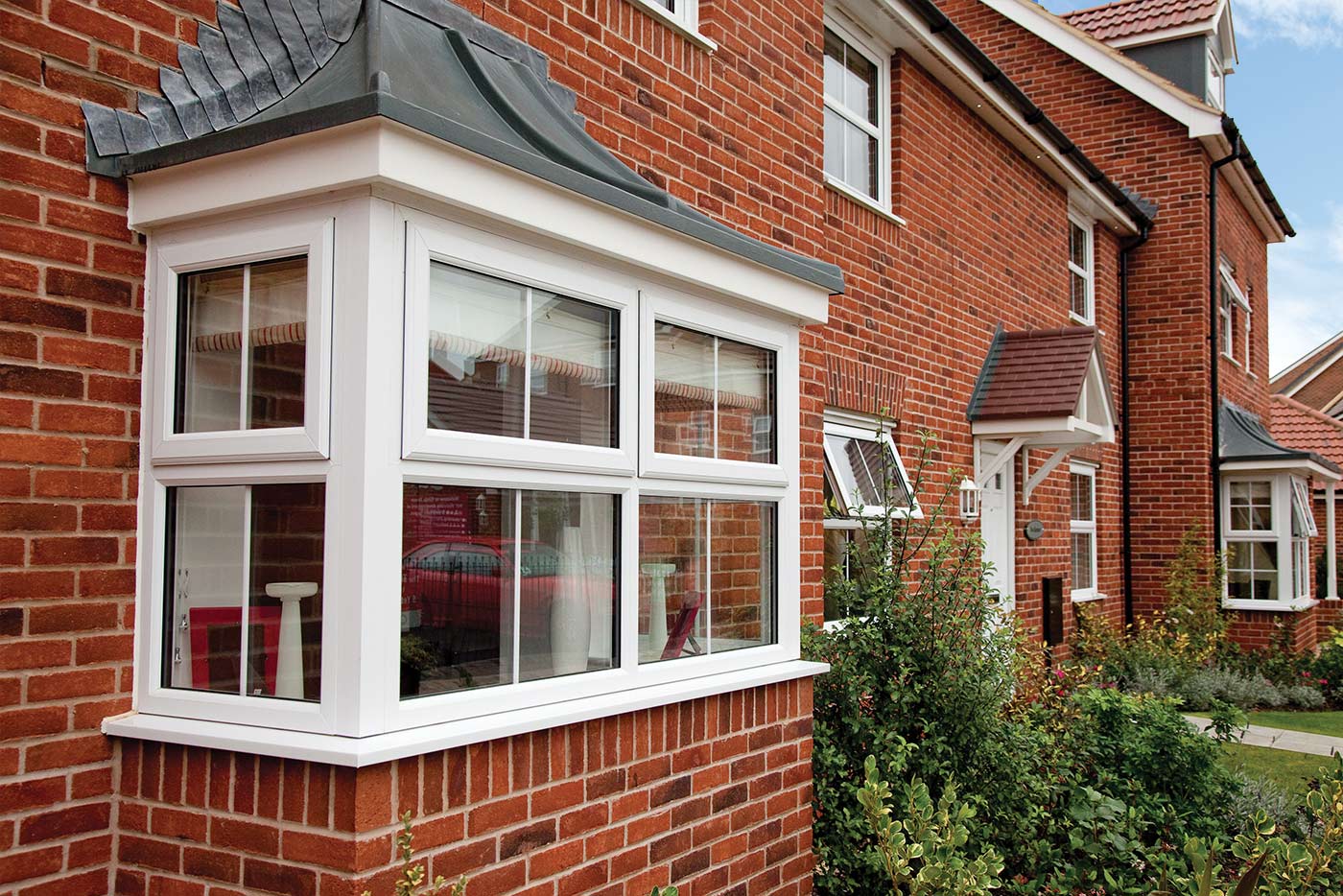One of the most asked questions we always have from new customers is “Why is condensation forming on my old windows”. Stopping window condensation is a common problem for people with old, single glazed windows, or even people with very old, broken double glazed units.
How to stop condensation on windows?
One of the most asked questions we always have from new customers is “Why is condensation forming on my old windows”. Stopping window condensation is a common problem for people with old, single glazed windows, or even people with very old, broken double glazed units.
Why do you get condensation on windows?
Your single glazed windows probably feel very cold to the touch. When warm, moist air touches the cold surface of the glass the water vapour turns into little droplets, this is condensation.
If the weather is colder outside and you have warm, moist air in your home, then with single glazed windows, you are more than likely going to get condensation build up on your windows.
With double glazed windows with broken seals, the warm, moist air will make its way into the middle of your double glazed windows through the breaks in the seals. The moist, air will then make contact with the colder outside pane of glass and it is here that the condensation will begin to form inside your double glazed window panes.
 What does the condensation do to our windows?
What does the condensation do to our windows?
On single glazed windows, the condensation will build up on the inside of your window. This doesn’t seem like a big deal with a little bit of condensation, however, if left unchecked this build-up of moisture can lead to black mould. This is a big concern, with the spores released from this mould having a range of negative health effects.
With double glazed windows the condensation will usually be caused by broken seals. The condensation will then appear between the double glazed panes, making the windows impossible to see through.
How to stop condensation on windows
High quality, energy efficient, well fitted double or triple glazed windows can be the perfect answer to this common household problem. Using two, or three, pieces of glass; double or triple glazed windows can stop this moist air from reaching the cold outward facing pane of glass.
The additional layer of glass helps to keep the warm air within your home and lessens the effect of having a cold, glass pane inside your home. Double glazed and triple glazed windows also have an Argon gas in between the glass layers, which also adds to the energy efficiency of your home and gives another element to help stop the build-up of condensation.
What else can you do to avoid condensation?
You want your home to be nice and warm when it is cold outside, so it goes without saying that you keep your windows and doors closed tight when the weather turns cold. This is where well fitted windows will help keep all of your heat in and keep your home nice and warm. This also means the moisture in the air can’t escape your home as easily, making it more likely to appear on cold surfaces around your home in the form of condensation.
Having adequate ventilation in your rooms that are likely to create moisture in the air can make a huge difference to the amount of condensation you find in your home. Kitchens and bathrooms are the two main suspects, with cooking, kettles and showers causing a huge amount of air born moisture. By having an extractor fan in these rooms will help pull the moist air out of your home, without letting the cold back in. Trickle vents for your windows can also be another great way of keeping your home well ventilated without bringing in lots of cold air.
Fitter Windows offer a great range of double and triple glazed windows and are always happy to offer help and advice on keeping your home condensation free. Call today on 01322 515 960 for more information or visit our repairs page to request a call back here.
Categories: Help & Advice, Windows & Doors
Tags: broken, broken seals, condensation, fix, old, single glazing, windows


